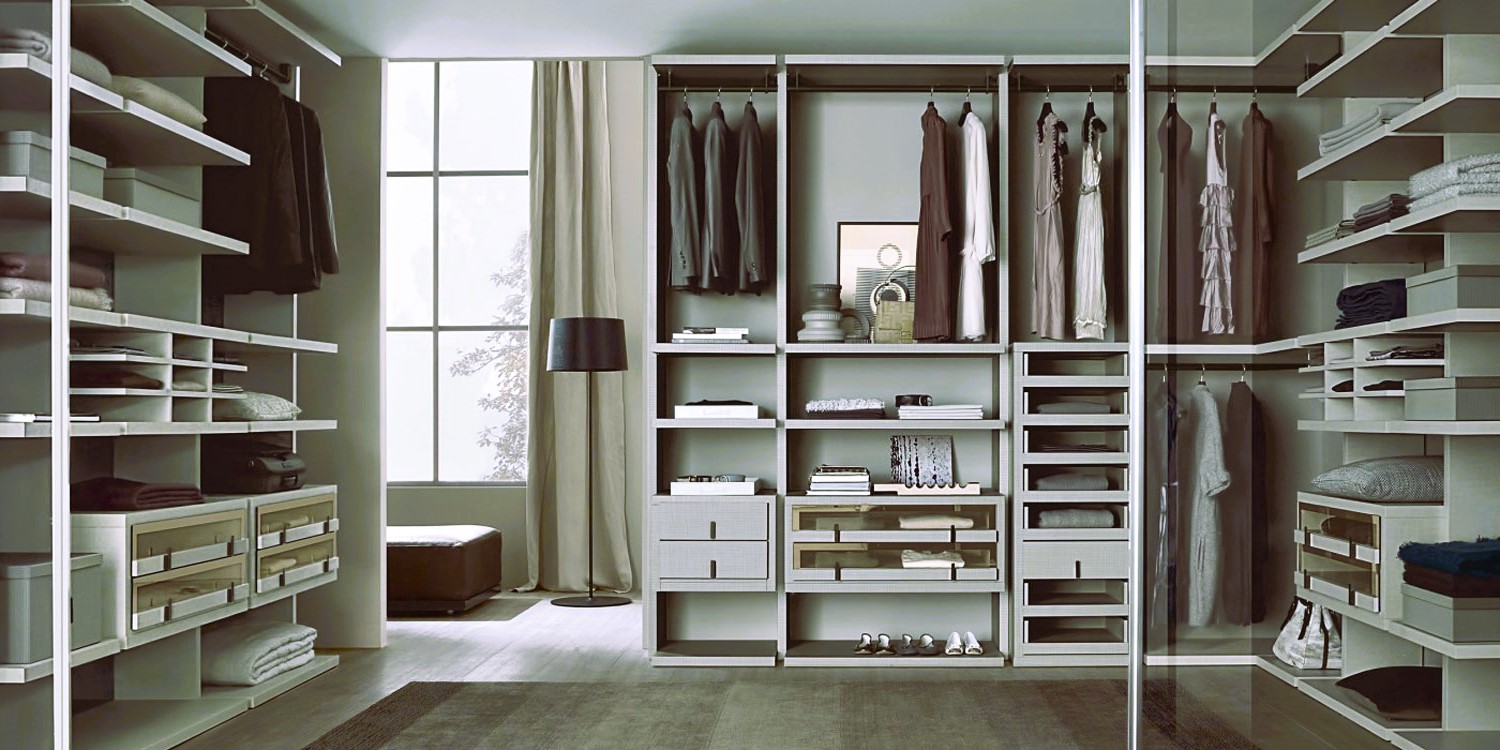Furniture design is a fascinating blend of creativity, functionality, and craftsmanship. While the aesthetics and structure of a piece of furniture are critical, the role of hardware in furniture design is often underestimated. Hardware encompasses all the functional and decorative elements, such as handles, hinges, knobs, and more, that play a vital role in the usability and appearance of furniture. In this article, we will explore the significance of hardware in furniture design and how it contributes to the overall form and function of furniture.
Functionality and Ergonomics:
One of the primary roles of hardware in furniture design is to enhance the functionality and ergonomics of a piece. Well-designed hardware can transform a basic cabinet or chair into a more user-friendly and efficient product. Here are some examples of how hardware improves functionality:
- Drawer Slides: Drawer slides or runners are hardware components that enable smooth and easy opening and closing of drawers. They come in various types, including ball-bearing slides and roller slides. High-quality drawer slides ensure that drawers operate effortlessly, preventing jams or misalignment.
- Hinges: Hinges are essential for furniture with moving parts, such as doors and lids. They allow for a wide range of motion, ensuring that doors open and close smoothly. Soft-close hinges, a popular innovation, gently slow down the closing action to prevent slamming.
- Handles and Pulls: Handles and pulls are not only functional but also serve as decorative elements. They make it easy to grasp and open doors and drawers, and their design can complement the overall style of the piece.
- Adjustable Hardware: Some furniture items, like shelves or cabinets, require adjustable hardware to accommodate different storage needs. Adjustable shelf pins or brackets allow users to change the height of shelves to fit various items.
- Swivel and Casters: Swivel hardware and casters provide mobility to furniture items such as chairs, tables, and cabinets. They enable users to move furniture with ease, which is especially valuable for rearranging a room or cleaning.
Aesthetics and Style:
Hardware in furniture design is not limited to mere functionality; it also significantly influences the aesthetics and style of a piece. The choice of hardware can either enhance the overall design or detract from it. Some ways in which hardware contributes to the visual appeal of furniture include:
- Decorative Hardware: Many furniture designers select decorative hardware that complements the overall design concept. Ornate handles and knobs can add a touch of elegance to a piece, while sleek and minimalistic hardware can create a modern look.
- Material and Finish: The material and finish of hardware can impact the visual appeal of furniture. Brass hardware, for instance, can convey a sense of luxury, while matte black hardware offers a contemporary and industrial vibe.
- Consistency: Consistency in hardware selection is crucial for maintaining a cohesive design. Coordinating hardware throughout a furniture collection or room creates a unified and harmonious appearance.
- Customization: Some furniture designers offer customization options for hardware, allowing customers to choose the style, finish, and size that best matches their preferences. This level of personalization can make a piece of furniture truly unique. Furniture Upholstery: Materials, Styles, and Maintenance.

Safety and Durability:
Hardware plays a significant role in ensuring the safety and durability of furniture. Properly designed and installed hardware can prevent accidents and extend the lifespan of a piece. Consider the following safety and durability aspects:
- Child Safety: Furniture with doors or drawers that have built-in safety features, such as soft-close mechanisms, can help prevent accidents, especially in households with children.
- Heavy-Duty Hardware: Furniture that needs to support heavy loads, such as bookshelves or wardrobes, requires heavy-duty hardware to ensure stability and longevity.
- Easy Maintenance: High-quality hardware is easier to maintain, reducing the need for frequent repairs or replacements. Durable hardware ensures that the furniture remains functional for an extended period.
Innovation in Hardware:
The furniture industry continually sees innovation in hardware design and technology. Modern furniture hardware often incorporates advanced features such as wireless charging ports, LED lighting, and smart locking mechanisms. These innovations not only enhance functionality but also cater to the evolving needs of consumers in the digital age.
Conclusion:
Hardware is an often underestimated but integral component of furniture design. It serves a multifaceted role by enhancing functionality, contributing to aesthetics, ensuring safety and durability, and supporting innovation. As consumers seek both style and practicality in their furniture, the role of hardware in furniture design will continue to evolve, offering new possibilities for creative expression and improved usability.
For more information on furniture standards and safety, you can refer to Wikipedia for guidance and regulations related to furniture safety and standards. By understanding the significance of hardware in furniture design, consumers and designers alike can make more informed choices and create furniture that combines form and function seamlessly.

